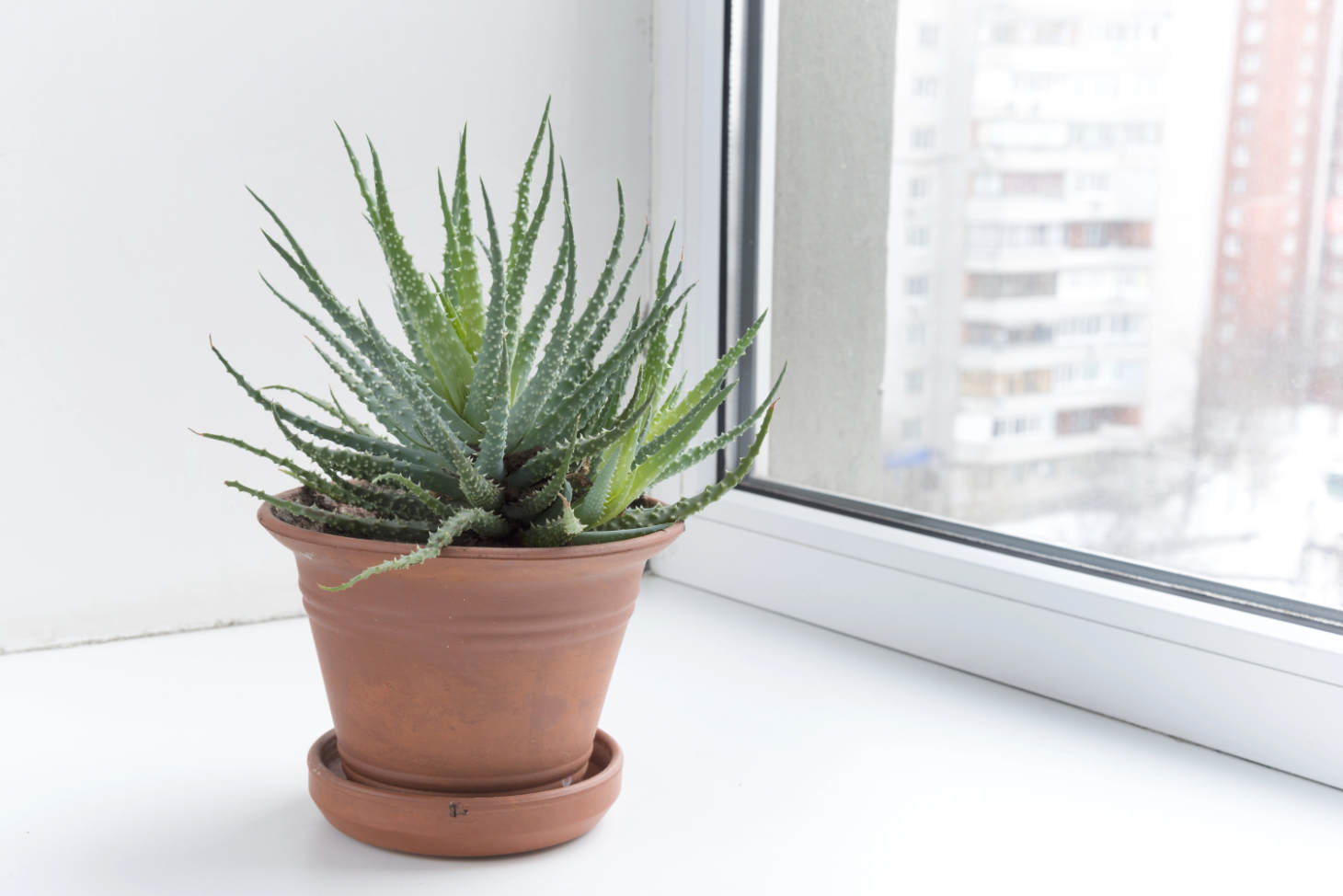Do Succulents Clean the Air?
If you keep succulents in your home, you might wonder if they do more than just look nice. Succulents can help purify the air, but their ability to clean the air is limited compared to some other plants.
You may notice small changes in air freshness or humidity when you have succulents around. While they do take in carbon dioxide and give off oxygen, popular succulents like aloe vera and snake plants are only somewhat effective at removing indoor toxins.
If you’re curious about what succulents can really do for your air, or how they stack up against other air-purifying plants, keep reading. You’ll find practical facts that help you decide if these plants are a good fit for your space.
How Succulents Interact With Indoor Air
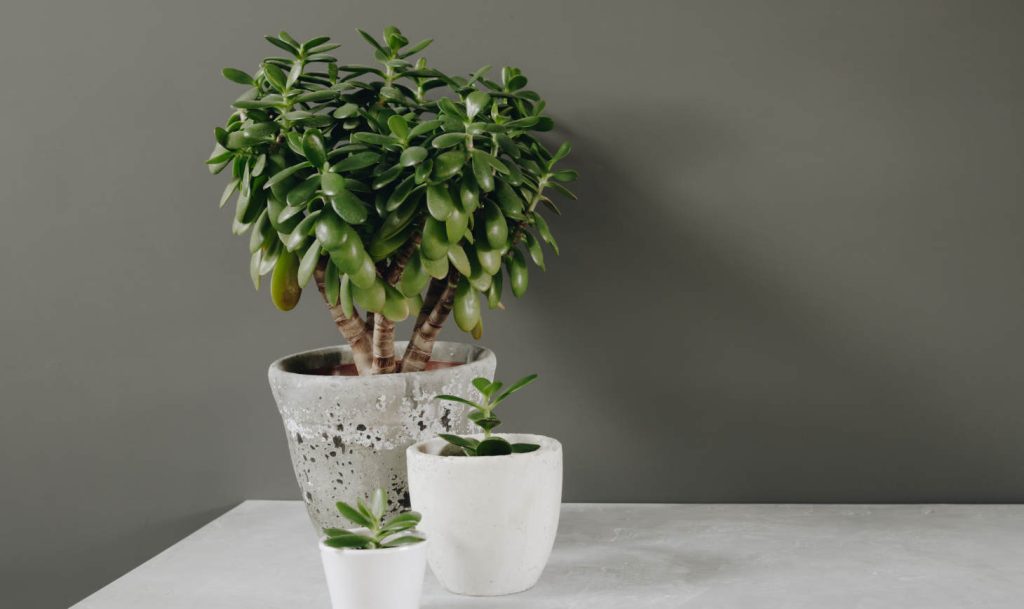
Succulent plants can change your indoor air by absorbing gases and releasing oxygen through photosynthesis.
The Science Behind Air Cleaning
Succulents, like all green plants, can remove certain chemicals from the air. They take in carbon dioxide and small amounts of other gases through their leaves. These gases include some toxins, like formaldehyde and benzene, but the amount absorbed is quite limited compared to other air cleaning methods.
The effect that succulents have on indoor air quality is influenced by plant size and the number of plants you keep. Having a few small succulents will not noticeably purify a whole room, but large groups may have a bigger effect. Still, their main value is for decoration and producing oxygen, rather than significant air cleaning.
Photosynthesis and Stomata Function
Succulents use photosynthesis to turn light, water, and carbon dioxide into energy. Most succulents use a process called Crassulacean acid metabolism (CAM), where they open their stomata (tiny pores on their leaves) at night to take in carbon dioxide and release oxygen, which helps them conserve water in dry climates. During the day, they keep these stomata closed to prevent water loss and use the stored carbon dioxide to complete photosynthesis.
The stomata also allow the exchange of other gases, including some indoor pollutants. However, the amount of air purification depends on factors such as the number of stomata open, the plant’s size, and its overall health. While succulents can contribute to a minor improvement in air quality, they are not sufficient on their own to address significant air pollution issues.
Effectiveness of Succulents in Air Purification
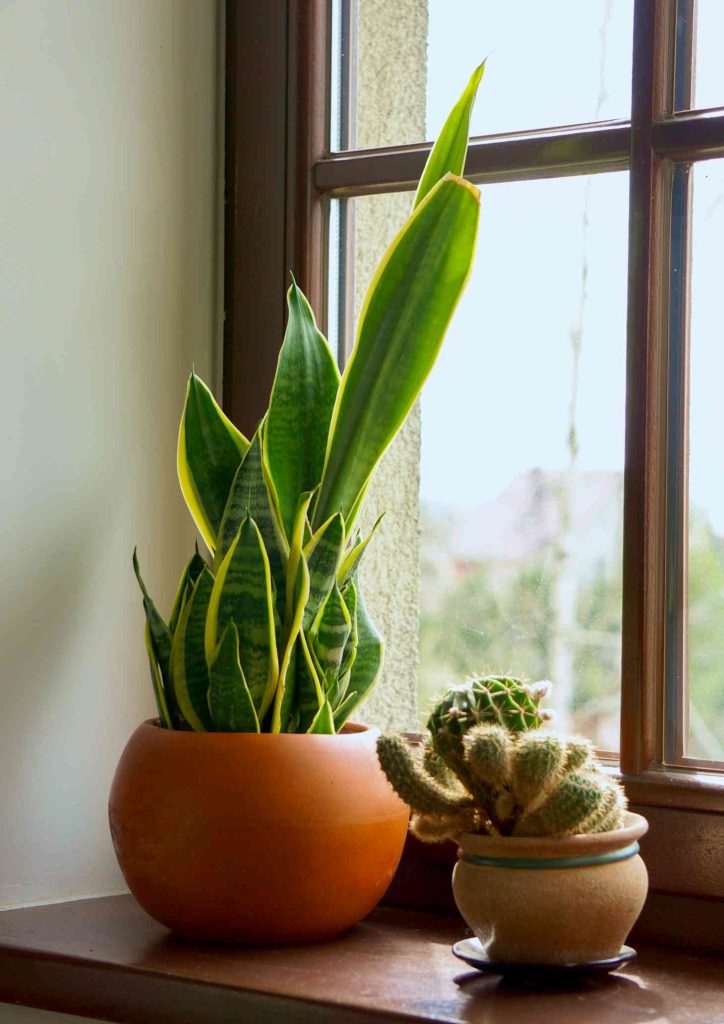
Succulents have some ability to clean indoor air, but this effect depends on which pollutants you want to remove, the number of plants, and their total leaf area. Compared to mechanical air purifiers and some other houseplants, their impact on air quality is often limited.
Volatile Organic Compounds and Pollutant Removal
Succulents can absorb certain airborne pollutants. Some, like Snake Plant and Aloe Vera, can filter chemicals called volatile organic compounds (VOCs) such as formaldehyde and xylene.
VOCs often come from household items like paints, cleaning products, and furniture. Having succulents may help reduce low levels of these pollutants in your home.
Succulents also take in carbon dioxide and release oxygen through photosynthesis, supporting a healthy indoor environment. However, the exact amount of pollutants removed is usually small and can vary between plant species. Mechanical air purifiers or plants with larger leaf surfaces may remove VOCs more effectively.
Limitations Compared to Air Purifiers
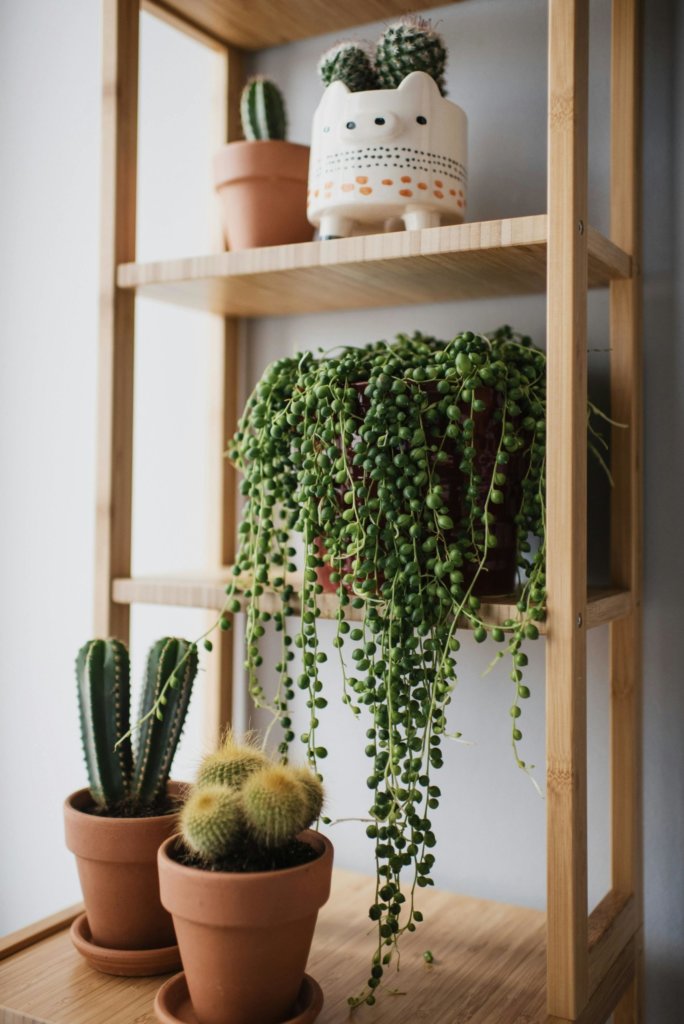
Although succulents contribute to better air quality, their effect is much less than a dedicated air purifier. Most air purifiers use fans and filters to remove a wide range of allergens, dust, and chemicals quickly.
Succulents work passively and slowly. They do not remove particles like pollen or dust as efficiently as mechanical devices. In scientific research, the amount of air cleaned by a single succulent is often too small to be measured in real-world settings.
If you need significant air purification, such as allergy relief or removal of large amounts of indoor pollutants, succulents should not be your main method. They work best as a supplement, not a replacement, for proper ventilation and an air purifier.
Plant Density and Leaf Surface Area
The number of succulents and the size of their leaves matter when it comes to air cleaning. A single small plant has limited surface area and impact.
For better results, you would need many medium or large succulents in a room, which can be hard to manage. Plants like snake plants and aloe vera tend to have more leaf surface area and are more effective than small cacti.
Humidifying dry air is another benefit, but this also depends on how many plants you have. Too few will not make a big difference in air quality or humidity.
Popular Succulent Plants for Cleaner Air
Some common succulents are known for their ability to grow well indoors and help filter indoor air. These plants are also easy to care for and can look attractive in your living space.
Snake Plant (Dracaena trifasciata)
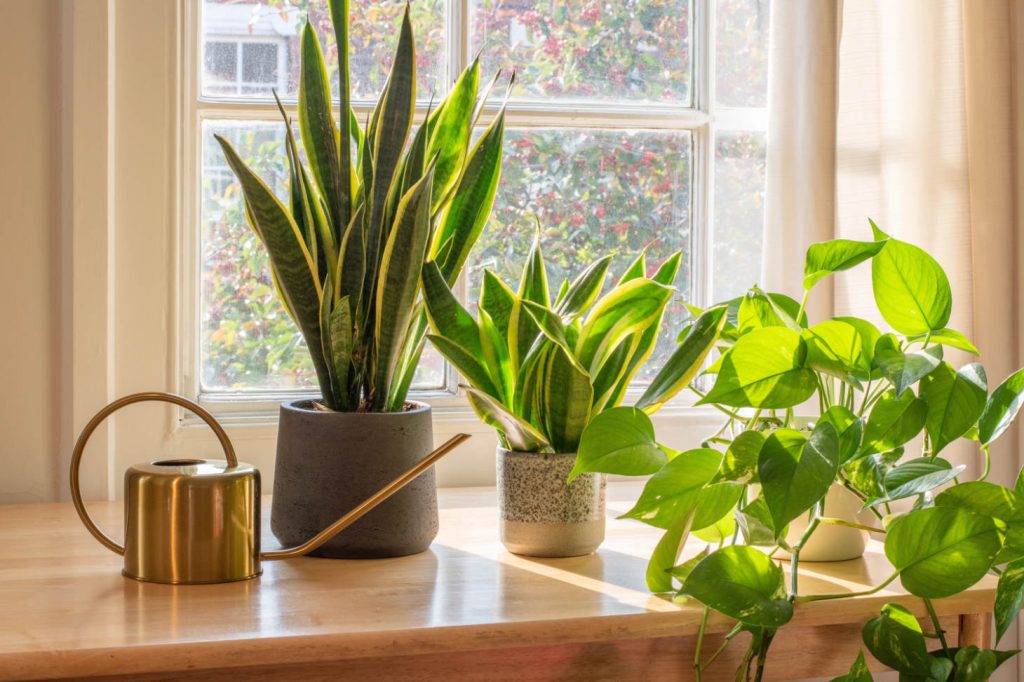
The snake plant, also known as Dracaena trifasciata (formerly known as Sansevieria trifasciata), is a popular houseplant due to its low-maintenance nature and ability to tolerate low light. This plant is known to remove harmful chemicals like formaldehyde, benzene, xylene, and toluene from the air. Because of its stiff, upright leaves, the snake plant fits well in small corners or on shelves.
Key benefits include:
- Helps improve air quality by absorbing toxic chemicals.
- Produces oxygen at night, which may help indoor air feel fresher.
- Grows in different indoor conditions, including low light and dry air.
To get the best results, place your snake plant in bedrooms or living rooms where fresh air matters most. You do not need to water it often, once every 2-3 weeks is enough.
Aloe Vera Benefits Indoors
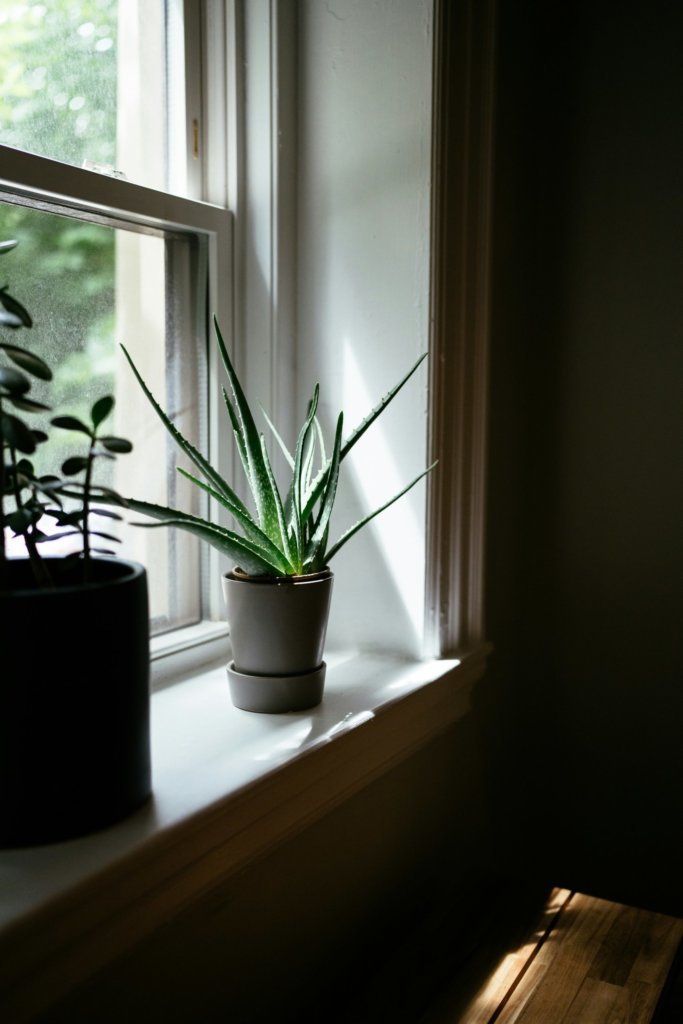
Aloe vera is another top choice for homes. Besides its well-known skin-soothing gel, this succulent can remove chemicals such as formaldehyde and benzene that come from cleaners and paints.
Aloe vera needs bright, indirect sunlight to thrive. You can set it near a sunny window but not right in direct sun, which can burn its leaves.
Aloe vera highlights:
- Filters common indoor toxins.
- Easy to grow in pots with well-draining soil.
- Useful for small cuts and skin irritation.
You only need to water aloe vera when the top inch of soil feels dry.
Selecting and Placing Succulents Indoors
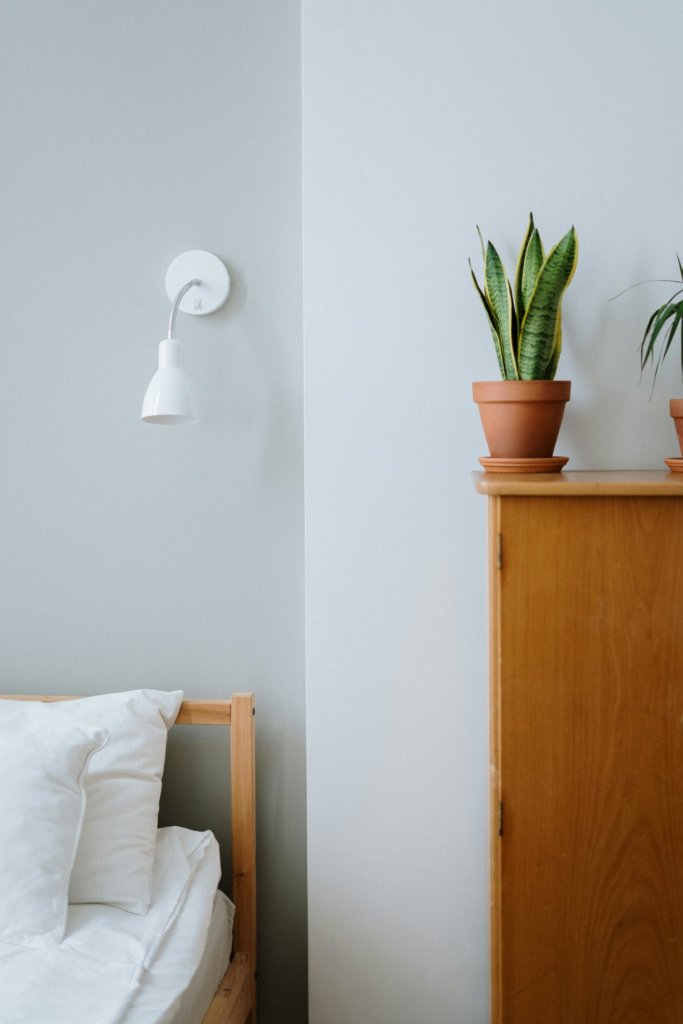
Choose succulents that match your home’s light and space. Snake plants and aloe vera do well in spots away from direct sunlight and do not need constant care. Place succulents in areas with some daylight, like on a windowsill or desk, to keep them healthy.
Use containers with drainage holes and avoid overwatering. List of good placement tips:
- Bedrooms: For clean air while you sleep.
- Office desk: To add greenery where you work.
- Living room shelves: For decoration and fresh air.
Mixing different succulents creates variety. With the right care, your indoor succulents will keep growing and help your space feel fresh.
Frequently Asked Questions
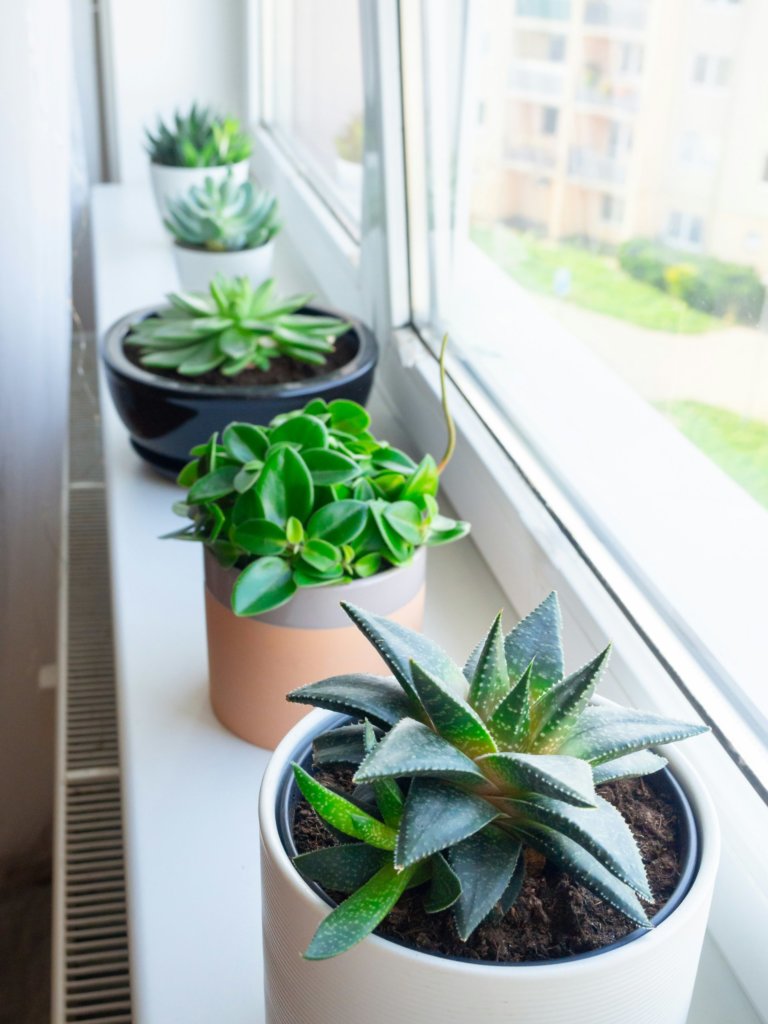
Succulents can absorb some indoor toxins and give off oxygen. While helpful, they have limits on how much they can purify the air compared to other methods or plant types.
How effective are succulents at purifying indoor air?
Succulents do remove small amounts of toxins like formaldehyde and benzene from the air. Their ability to clean air is real but modest. If you want a major boost in air quality, you will need many plants and good ventilation.
Which succulent varieties are best known for air purification?
Aloe vera, snake plant (Dracaena trifasciata), and jade plant are the most noted succulents for air purification. These varieties are easy to care for and are commonly used indoors. Some other types, like echeveria and haworthia, also offer mild air-cleaning benefits.
Can succulents improve air quality during nighttime hours?
Many succulents, such as snake plants, can take in carbon dioxide and release oxygen at night through a process called CAM photosynthesis. This is different from most plants, which mainly release oxygen during the day. Having succulents around at night might add a small amount of oxygen to the room.
Are there benefits to having succulents in your bedroom for air quality?
Succulents can slightly increase oxygen levels at night if kept in your bedroom. Their main benefit comes from their low maintenance and ability to add a calming, green presence. They are a good option for people with allergies, as they produce little to no airborne pollen.
How does the air cleaning rate of succulents compare to other indoor plants?
Succulents clean the air at a slower rate than larger leafy indoor plants like pothos or peace lilies. Their small size and slow metabolism limit how much they can filter out. If you are looking for maximum air cleaning, a mix of different plant types is more effective.
What amount of oxygen do succulents emit compared to other plants?
Succulents produce less oxygen than most broad-leaf houseplants because they grow slowly and have smaller leaves. Plants like the snake plant and jade plant, however, use Crassulacean Acid Metabolism (CAM), which allows them to release oxygen at night. Even with these plants, the amount of oxygen released is generally too small to significantly affect the oxygen levels in a typical home.

